Hi there, pet lovers! 🦎
Today, we’re diving into the fascinating world of the Painted Amaga, also known as the Clown Agama. This vibrant and agile lizard is a lesser-known gem in the reptile-keeping community. Native to the arid regions of North Africa and the Middle East, the Painted Amaga is a striking species that combines beauty, curiosity, and a touch of challenge. Whether you’re an experienced reptile keeper or someone looking to explore beyond the usual pet lizards, this review will help you decide if the Painted Amaga is the right fit for you.
Let’s explore everything you need to know about this unique lizard, from its temperament and care requirements to its availability and cost. By the end of this guide, you’ll have a clear understanding of what it takes to care for a Painted Amaga and whether this species aligns with your lifestyle and preferences.
Overview
The Painted Amaga (Laudakia stellio), also known as the Clown Agama, is a medium-sized lizard known for its striking appearance and active personality. These lizards are native to rocky, arid environments and are highly adaptable to their surroundings. Here’s a quick summary of what makes them stand out:
- Handling and Temperament: Generally skittish but can become accustomed to gentle handling over time.
- Care and Maintenance: Moderate care requirements, with a focus on replicating their natural habitat.
- Health and Durability: Hardy when provided with proper care but sensitive to environmental changes.
- Availability: Less common than other pet lizards, often found through specialty breeders or expos.
- Cost: Moderate initial setup cost, with ongoing expenses for feeders and maintenance.
The Painted Amaga is a captivating species that rewards dedicated keepers with its lively behavior and stunning appearance. However, its specific care needs and skittish nature make it better suited for experienced reptile enthusiasts.

Why Choose a Painted Amaga?
The Painted Amaga is an excellent choice for reptile enthusiasts who appreciate observation over frequent handling. Their vibrant colors, active nature, and curious behaviors make them a joy to watch. While they may not be as cuddly as some other reptiles, their unique personality and striking appearance more than make up for it.
These lizards are perfect for those who enjoy creating naturalistic enclosures and observing their pets’ natural behaviors. With proper care, Painted Amagas can live up to 8–10 years, making them a rewarding long-term companion for dedicated keepers.
Handling and Temperament
Painted Amagas are known for their skittish and flighty nature, which makes them more challenging to handle compared to other popular pet lizards like bearded dragons. However, with patience and consistent, gentle interaction, they can become more accustomed to human presence.
Personality Variations
- Some individuals may remain shy and prefer minimal handling, while others may become more tolerant over time.
- Younger Painted Amagas are often more skittish, but their temperament can improve with regular, gentle handling.
Handling Tips
- Start Slow: Allow your Painted Amaga to acclimate to its new environment before attempting to handle it.
- Be Gentle: Use slow, deliberate movements to avoid startling your lizard.
- Limit Handling: Keep handling sessions short and infrequent to reduce stress.
- Watch for Signs of Stress: If your lizard becomes overly agitated or tries to escape, give it time to calm down before trying again.
Biting
Painted Amagas rarely bite, but if they do, it’s usually a defensive reaction. Their bites are not dangerous and typically don’t cause significant harm.
Overall, while Painted Amagas may not be the most handleable lizards, their active and curious nature makes them a delight to observe.
Care and Maintenance
Caring for a Painted Amaga requires attention to detail, as these lizards thrive in environments that closely mimic their natural habitat. Here’s what you need to know:
Enclosure Setup
- Size: A 40-gallon tank or larger is recommended for one adult Painted Amaga.
- Climbing Space: These lizards are semi-arboreal and enjoy climbing, so provide plenty of branches, rocks, and ledges.
- Substrate: Use a mix of sand and soil or reptile-safe loose substrate to replicate their natural environment. Avoid substrates that can cause impaction.
- Hiding Spots: Provide multiple hiding spots using rocks, cork bark, or artificial caves.
Humidity and Temperature
- Temperature: Maintain a basking spot of 90–95°F (32–35°C) and a cooler area of 75–80°F (24–27°C).
- Humidity: Keep humidity levels low, around 30–40%, as these lizards are adapted to arid environments.
Feeding
- Diet: Painted Amagas are insectivores and thrive on a diet of crickets, dubia roaches, and mealworms. Occasionally offer waxworms or silkworms as treats.
- Supplements: Dust feeders with calcium and vitamin supplements to ensure proper nutrition.
- Feeding Schedule: Feed juveniles daily and adults every other day, adjusting portion sizes based on their appetite.
Lighting
- Provide UVB lighting to support calcium absorption and overall health. A 10–12 hour light cycle is ideal.
With proper care, your Painted Amaga will thrive and display its natural behaviors, making it a rewarding pet for dedicated keepers.
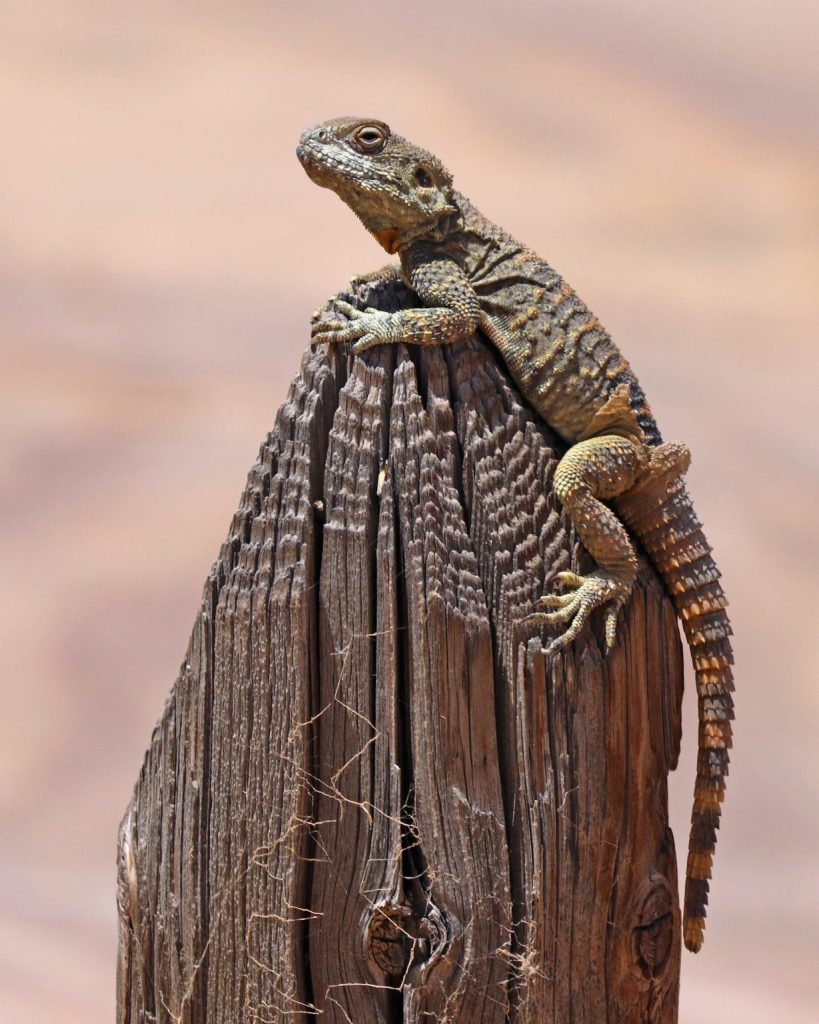
Health and Durability
Painted Amagas are generally hardy lizards, but they can be sensitive to environmental changes. Here are some key points to keep in mind:
Common Health Issues
- Respiratory Infections: Caused by incorrect humidity or temperature levels.
- Metabolic Bone Disease (MBD): Resulting from insufficient calcium or UVB exposure.
- Dehydration: Occurs if humidity levels are too low or water is not provided.
Preventative Care
- Maintain proper temperature and humidity levels.
- Provide a balanced diet with calcium and vitamin supplements.
- Regularly clean the enclosure to prevent bacterial growth.
With attentive care, Painted Amagas can live a healthy and fulfilling life, providing years of enjoyment for their keepers.
Availability and Cost
Painted Amagas are not as widely available as more common pet lizards, but they can be found through specialty breeders, reptile expos, and online retailers.
Where to Buy
- Breeders: The best option for healthy, captive-bred individuals.
- Reptile Expos: Great for meeting breeders and seeing the lizards in person.
- Online Retailers: A convenient option, but ensure the seller is reputable.
Cost
- Lizard Price: Typically ranges from $50 to $150, depending on age, size, and coloration.
- Setup Cost: Expect to spend $200 to $400 on an enclosure, lighting, and accessories.
While the initial investment may be higher than for some other lizards, the joy of owning a Painted Amaga makes it well worth the cost.
Pros and Cons
Pros
- Stunning appearance with vibrant colors and patterns.
- Active and curious nature, making them fun to observe.
- Moderate care requirements compared to other exotic lizards.
- Long lifespan of 8–10 years with proper care.
Cons
- Skittish and not ideal for frequent handling.
- Requires a well-maintained, naturalistic enclosure.
- Less readily available than other pet lizards.

Final Thoughts
The Painted Amaga is a captivating and unique lizard that offers a rewarding experience for dedicated reptile enthusiasts. While they may not be the best choice for beginners or those looking for a handleable pet, their vibrant colors, active behavior, and fascinating personality make them a standout species.
If you’re ready to take on the challenge of caring for a Painted Amaga, we highly recommend sourcing one from a reputable breeder and investing in a well-designed enclosure. With proper care, these lizards will thrive and bring endless joy to your reptile-keeping journey.
Have you owned a Painted Amaga? Share your experiences and tips in the comments below! We’d love to hear how you care for your lizard and what makes them special to you.
For more reptile care tips and reviews, stay tuned to our blog and don’t forget to subscribe to our newsletter! 🦎

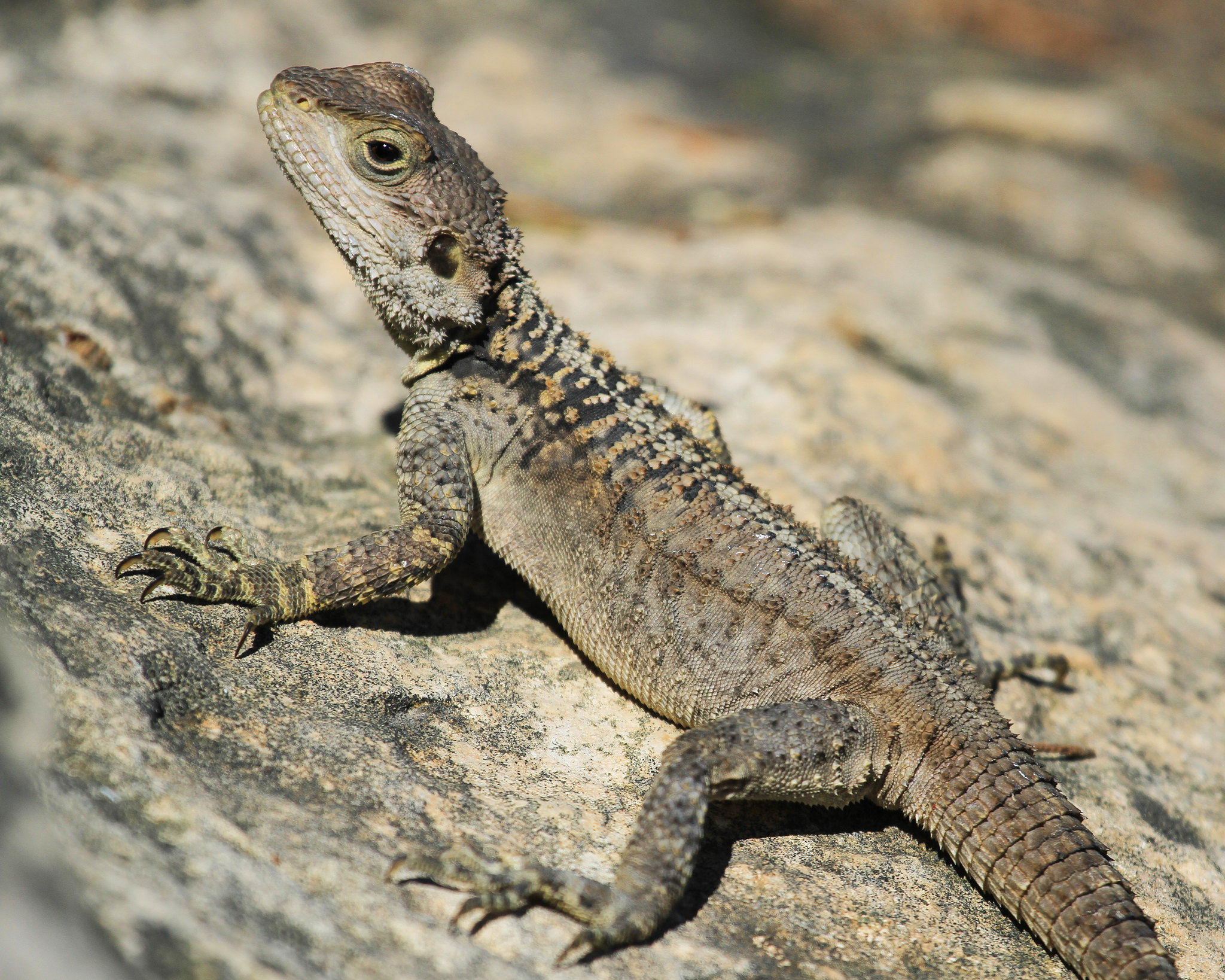

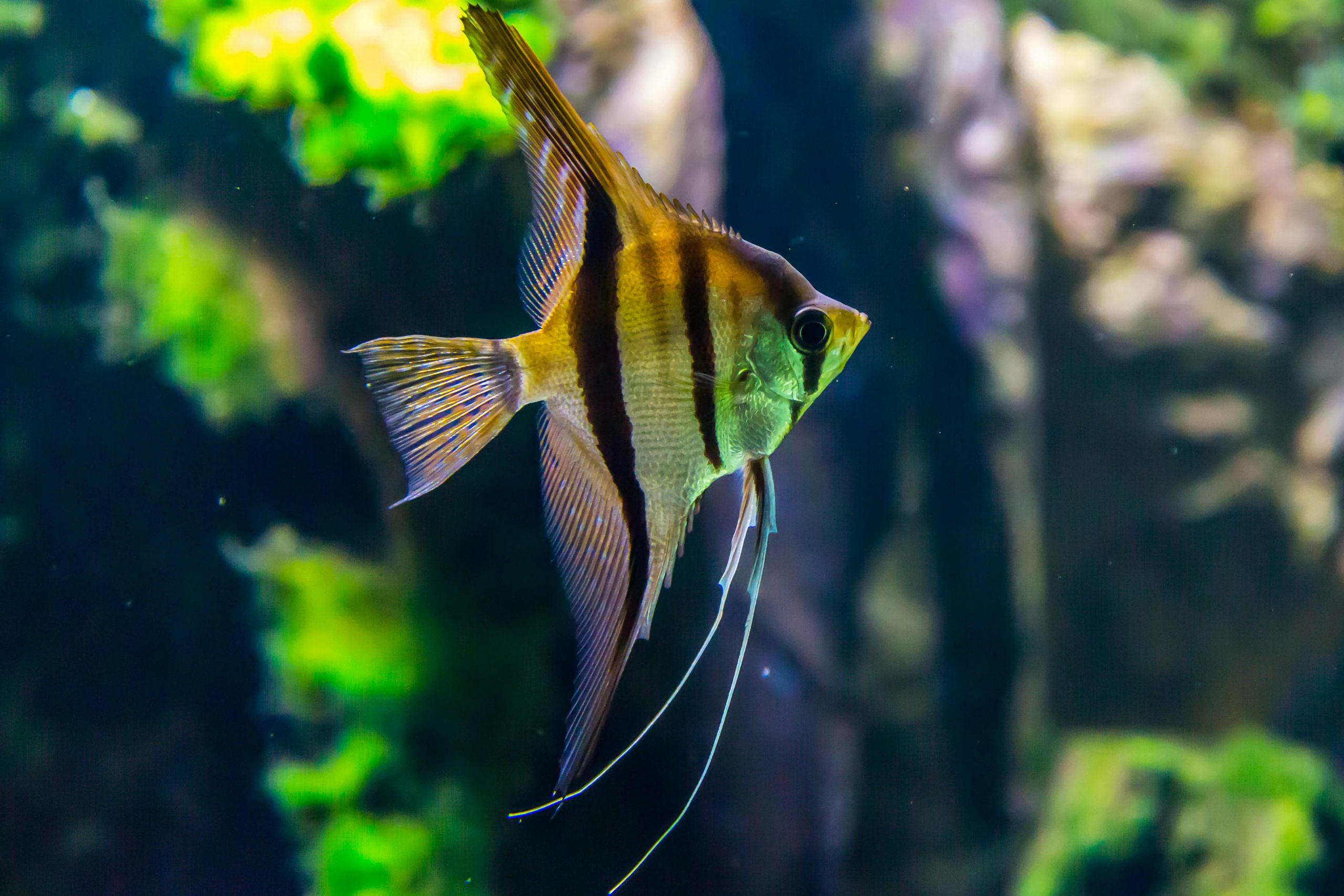
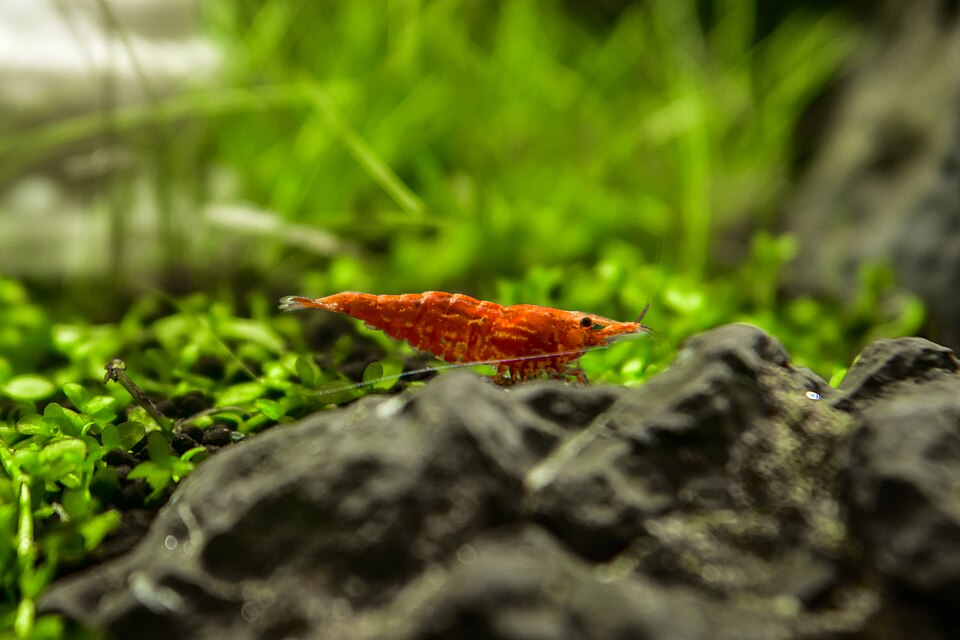

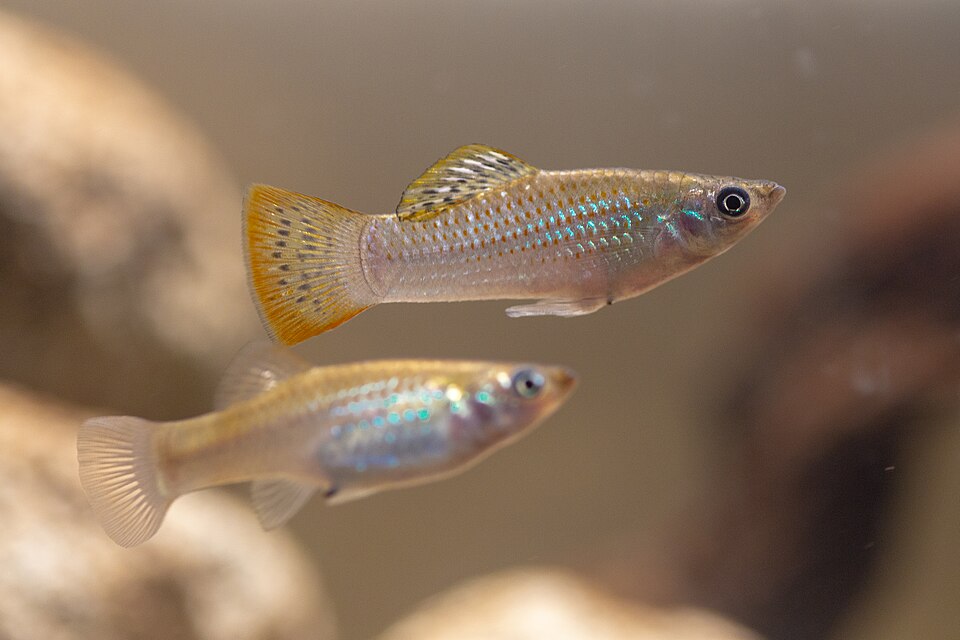
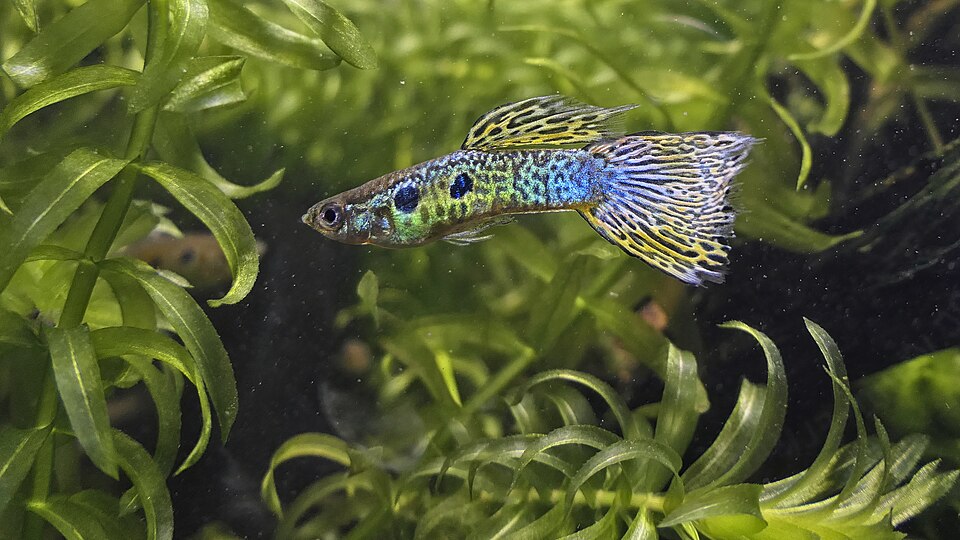
Leave a Reply